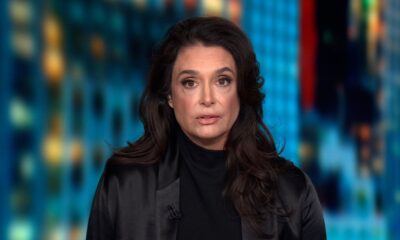Health
Beloved WWII Veteran and TikTok Star Jake Larson Dies at 102

Jake Larson, a celebrated World War II veteran known as “Papa Jake” on social media, passed away on July 17, 2024, at the age of 102. His granddaughter, McKaela Larson, shared the news on his social media accounts, noting that he “went peacefully and was even cracking jokes until the very end.”
As a member of the “Greatest Generation,” Larson connected with a global audience through his TikTok account, @storytimewithpapajake. He garnered over 1 million followers by sharing captivating stories from his life and military service.
Legacy of Courage and Humor
In June 2024, Larson was interviewed by CNN’s Christiane Amanpour during the 80th anniversary of D-Day in Normandy, France. From his wheelchair near the historic shoreline, he recalled the harrowing events of the invasion, stating, “I got off the landing craft and had water right up to my chin. We were all kids.”
At just 15 years old, Larson enlisted in the National Guard, lying about his age to serve. He humbly remarked, “I don’t think I was a hero. I was just like anybody else. We were all in this together,” emphasizing the sacrifices of his fellow soldiers. When asked if he and other soldiers understood their mission, he affirmed, “Oh, definitely. Every one of us was prepared to give our life to kick Hitler’s ass out of Europe. … And we did.”
Larson’s recent recognition included an Emmy Award for Amanpour’s interview with him, which he cherished. In a video message, he expressed his disbelief at receiving such an honor: “It’s phenomenal. Here I am, little country boy that joins the infantry at 15 years old, now at 102, winning something like this? There is a God.”
A Family’s Pride
His son, Karlan Larson, reflected on his father’s remarkable life in a brief interview with CNN. He described the Emmy as “proudly displayed” in their home and noted that it would be passed down through generations, with the grandkids “having to figure out a schedule” for its care.
Throughout his life, Jake Larson became a symbol of resilience, humor, and the enduring spirit of those who served in World War II. His legacy will live on through the stories he shared and the impact he made on those who followed his journey on social media.
Health
Study Reveals Family Influence on Baby’s Sex, Not Just Chance
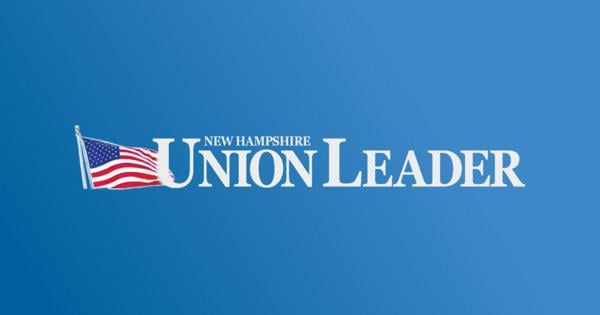
A recent study published in the journal Science Advances challenges the long-held belief that a baby’s sex is determined purely by chance. Researchers from the Harvard T.H. Chan School of Public Health found evidence suggesting that a family’s likelihood of having a boy or a girl resembles flipping a weighted coin unique to that family. The study examined data from over 146,000 pregnancies involving 58,000 nurses in the United States, covering the period from 1956 to 2015.
The findings indicate that the sex of a newborn is influenced by factors such as maternal age and specific genetic traits. This research aligns with previous European studies indicating that the distribution of birth sex does not conform to a simple 50-50 ratio. Historically, it has been noted that slightly more boys are born than girls globally, but this new analysis sheds light on the more complex dynamics within individual families.
Key Findings on Family Patterns and Maternal Age
The study revealed that families with three or more children exhibited a significant tendency to have children of the same sex, which suggests a deviation from random chance. For instance, mothers with three daughters had a 58% chance of having another girl, while families with three sons had a 61% chance of welcoming another boy.
Maternal age emerged as a significant factor, with women who started having children after the age of 28 being somewhat more likely to have only boys or only girls. According to Jorge Chavarro, the study’s senior author and a professor of nutrition and epidemiology, this phenomenon could be linked to age-related biological changes affecting the viability of the Y chromosome, which determines male offspring. Increased acidity in the vaginal environment, for instance, may influence these outcomes.
While maternal age plays a crucial role, the study did not include paternal data, a limitation acknowledged by the researchers. Nevertheless, the analysis highlights the potential impact of both maternal and paternal ages on the sex ratio of offspring.
Genetic Links and Future Research Directions
In addition to maternal age, the researchers identified two specific genes associated with the likelihood of having only boys or only girls. Chavarro noted, “We don’t know why these genes would be associated with sex at birth, but they are, and that opens up new questions.”
However, Iain Mathieson, a professor of genetics at the University of Pennsylvania who was not involved in the study, urged caution regarding the genetic findings. He pointed out that the genetic analysis was based on a relatively small sample, which might skew the results, making further verification necessary.
The study also observed that parents were more inclined to have one boy and one girl than chance would suggest, indicating a tendency to stop having children once both sexes are represented. To minimize bias from family planning choices, researchers analyzed data after excluding each woman’s last child and eliminated cases of miscarriages or stillbirths. The consistent pattern of sex determination remained evident.
Chavarro indicated that the implications of this research extend beyond the immediate findings. Future investigations could explore how lifestyle, nutrition, and exposure to environmental chemicals might further influence these patterns.
Notably, certain demographic factors, including race and body mass index, showed no correlation with having children of a single sex in this study. However, the sample was predominantly 95% White and comprised entirely of nurses, suggesting potential differences from the general population regarding health and occupational exposures.
In closing, David A. Haig, an evolutionary biologist at Harvard University, emphasized that this study provides compelling evidence that the probability of a baby’s sex is not uniform across families. “Different families are flipping different coins with different biases,” he remarked, highlighting the complexity of biological factors at play.
As researchers delve deeper into the influences behind these patterns, it may take years to unravel the intricacies of why some families consistently produce children of one sex, but this study marks a significant step forward in understanding the underlying biology.
Health
Speeding Up Your Steps: Key to Aging Healthier Revealed

A recent study from the University of Chicago has revealed that increasing walking speed can significantly enhance physical function in older adults at risk of frailty. The research highlights that even a modest increase in pace can lead to improvements in health and mobility, crucial factors for maintaining independence as one ages.
Frailty, a condition that affects approximately 4% to 16% of Americans aged 65 and older, is associated with a higher likelihood of falls, hospitalizations, and diminished quality of life. The study, led by Dr. Daniel Rubin, involved 102 seniors with an average age of nearly 79, all of whom exhibited signs of frailty or pre-frailty. Most participants were women, and they were recruited from 14 retirement communities to evaluate the impact of walking speed on their health.
Significant Findings on Walking Speed
Participants in the study were divided into two groups. Both groups walked for 45 minutes three times a week, including warm-ups and cool-downs. One group walked at a “relaxed and comfortable” pace, while the other was instructed to walk “as fast as they safely could.” After four months, the faster group increased their walking cadence to about 100 steps per minute, compared to about 77 steps per minute for the slower group.
The researchers assessed the participants’ physical function using a six-minute walking test, a standard measurement for mobility in older adults. The results were telling: approximately 65% of the fast walkers managed to walk 30 meters farther within the six minutes, a clear indicator of improved daily functioning. In contrast, only 39% of the casual walkers reached this benchmark.
The study found that participants who increased their walking speed by a mere 14 steps per minute from their usual pace experienced the most significant health benefits. Dr. Rubin noted, “Even casual walking had positive effects on our study participants,” emphasizing that those who could safely increase their speed would see even greater improvements.
Understanding Frailty and Its Implications
Frailty is more than just a state of feeling tired; it is a clinical syndrome characterized by reduced physiological reserve and increased vulnerability. According to Johns Hopkins Medicine, individuals may be considered frail if they exhibit at least three of several warning signs, including unintentional weight loss, exhaustion, weakness, and slow walking speed.
Fortunately, frailty is recognized as a modifiable condition. Regular physical activity, proper nutrition, and effective management of chronic health issues can help delay, prevent, or even reverse the condition.
For older adults looking to enhance their health, measuring walking cadence is an excellent starting point. “Once you find your comfortable pace, you can then add five to ten steps per minute,” Dr. Rubin advised. He suggests aiming for an increase of 10 to 15 steps per minute if it feels safe and manageable.
To assist with maintaining a consistent walking rhythm, Dr. Rubin recommends using a metronome app. By matching steps to a steady beat, older adults can effectively guide their walking intensity, contributing to a healthier, more active lifestyle.
In conclusion, the findings from the University of Chicago’s study provide a practical approach for seniors to improve their physical health. By simply adjusting their walking speed, older adults can enhance their mobility and independence, ultimately leading to a better quality of life as they age.
Health
Trump Blames Powell for Soaring US Interest Costs
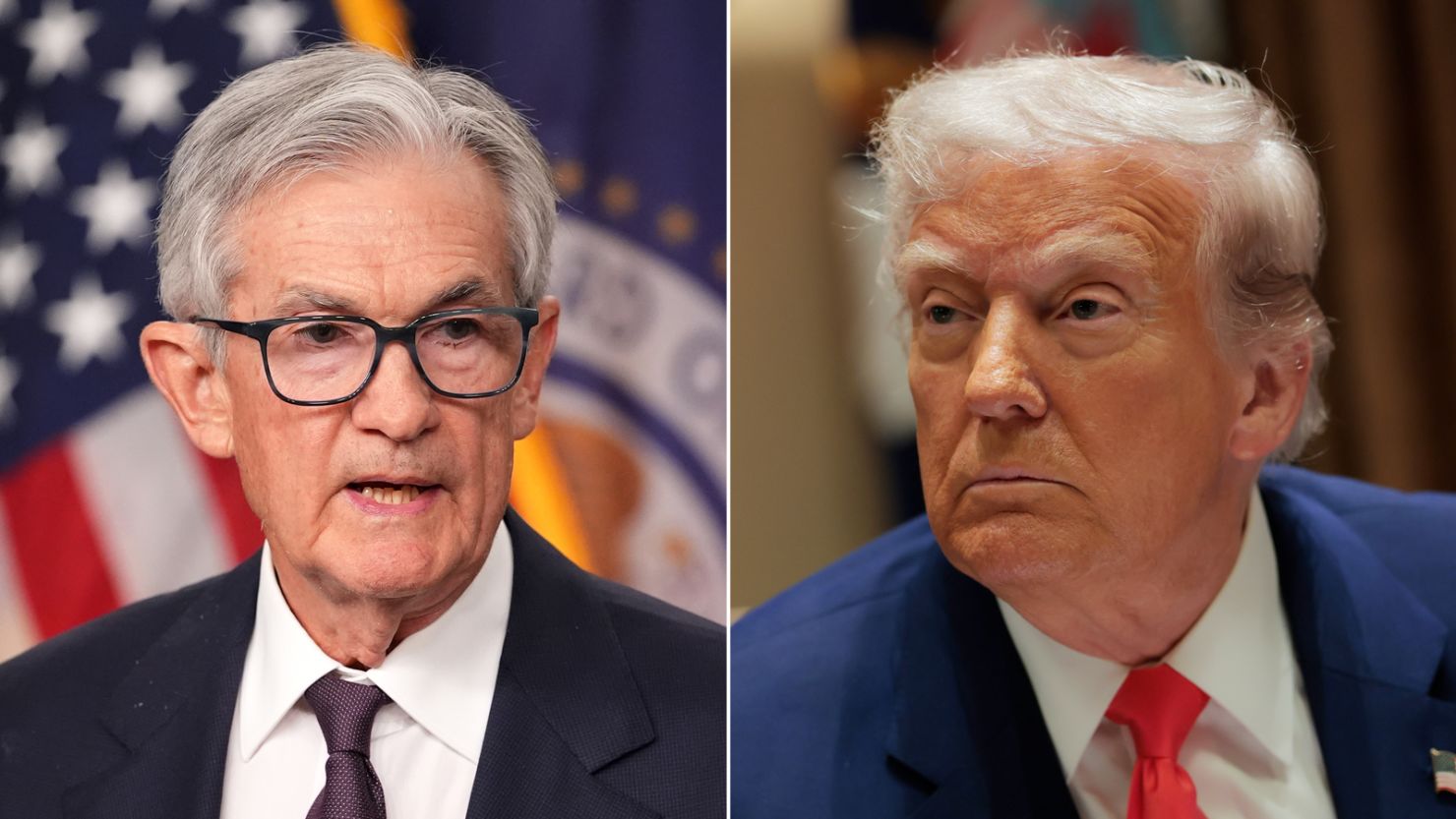
President Donald Trump has intensified his campaign against Jerome Powell, the chair of the Federal Reserve, alleging that his leadership is costing the United States “hundreds of billions of dollars” by failing to reduce interest rates. In a handwritten note posted on Truth Social last month, Trump criticized Powell, stating, “You have cost the USA a fortune and continue to do so.” He further claimed that if the Federal Reserve “were doing their job properly, our Country would be saving Trillions of Dollars in Interest Cost.”
This focus on interest rates comes amid rising concern over the nation’s increasing interest payments on its federal debt. For the first time in history, interest payments are projected to approach $1 trillion in the current fiscal year. The president recently signed a significant spending bill that is expected to add over $3 trillion to the deficit over the next decade, which could further elevate interest rates.
Moody’s has also downgraded the US debt, citing the escalating ratios of government debt and interest payments as contributing factors. Despite Trump’s efforts to pressure the Federal Reserve into lowering rates, experts caution that such actions may not alleviate the country’s interest payment burden significantly. The federal funds rate is just one of many factors that influence interest rates on federal debt, which consists of various Treasury securities with differing maturities.
According to Shai Akabas, vice president of economic policy at the Bipartisan Policy Center, “It seems to be an easier lever to pull for those who want to impact either interest costs on the federal debt or economic growth. But it doesn’t mean that action by the Fed will result in the outcome the president or others may want.”
Interest costs for the US have surged in recent years, driven by both the growing national debt and a rise in interest rates following a prolonged period of exceptionally low rates aimed at combating inflation. In the fiscal year of 2020, the US spent $346 billion on interest payments. This figure is projected to rise to $952 billion in the current fiscal year and is expected to exceed $1 trillion in the next, according to the Congressional Budget Office.
Interest payments have become the second-largest expenditure category in the federal budget, surpassing Medicare and defense spending in fiscal year 2024, with only Social Security taking a larger share. Currently, approximately 18 cents of every dollar in tax revenue is allocated to servicing interest on the debt. By the end of the next decade, this figure is anticipated to rise to around 25 cents.
While a reduction in the federal funds rate could lower rates on short-term securities, it may not have the same effect on longer-duration Treasury bonds. In fact, a significant cut could potentially lead to higher long-term rates, as it might spur inflation or cause investors to seek longer-term securities to secure better yields. As noted by Marc Goldwein, senior policy director at the Committee for a Responsible Federal Budget, “The Federal Reserve only has so much power to lower those interest rates. There’s no guarantee that the Fed cutting rates will reduce interest payments at all.”
Experts suggest that if Trump is genuinely concerned about reducing interest payments, he could focus on lowering the annual deficit. This approach, however, would likely require politically challenging changes to taxes and spending priorities. While Trump’s current agenda aims for historic reductions in federal spending on safety net programs, the proposed tax cuts could exacerbate the deficit, counteracting any intended savings.
Goldwein emphasized, “If your concern is the hundreds of billions of dollars we’re adding to the deficit from higher interest costs, the solution is to enact policies that are deficit reducing, not deficit increasing.” As the debate over fiscal policy continues, the implications of these interest costs will be felt across the economy and in the federal budget for years to come.
Health
Trump Denies Drawing Claims as Charity Auction Features His Art
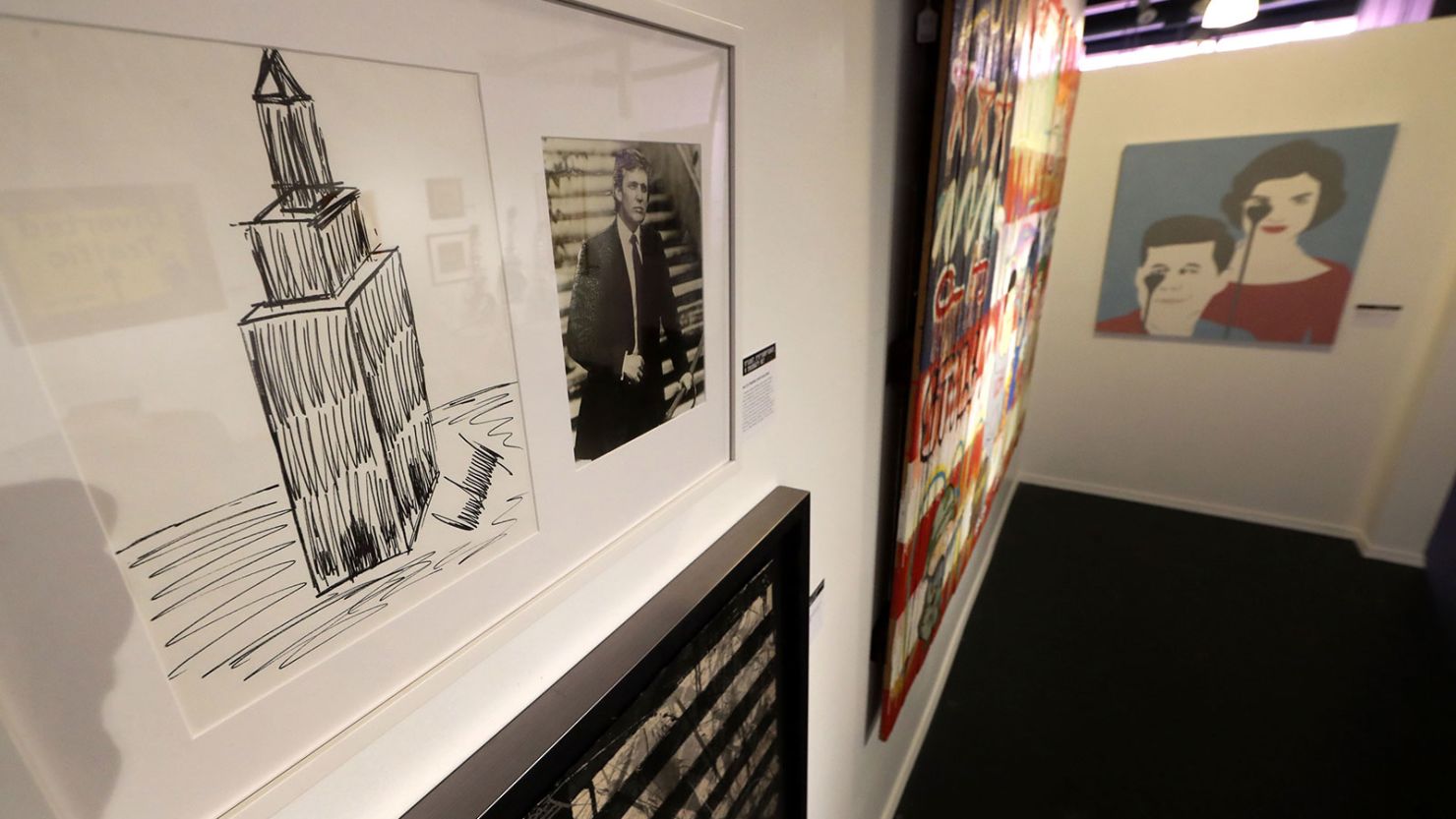
In a recent development, former President Donald Trump has firmly denied claims regarding his involvement in drawing, despite evidence suggesting otherwise. Following a report by the Wall Street Journal that referenced a 2003 letter to Jeffrey Epstein containing an outline of a naked woman, Trump asserted, “I never wrote a picture in my life. I don’t draw pictures of women.” He reiterated his stance on Truth Social, stating, “I don’t draw pictures.”
However, this denial contrasts with statements from Dr. Lowery Lockard, a charity director who revealed that Trump sent her two signed drawings for an auction benefiting the Iowan nonprofit foundation Hattie Larlham in 2004. Lockard expressed her surprise and admiration for Trump’s artistic skills, stating, “I was shocked and impressed” by the quality of his doodles. She noted that the drawings included a depiction of the New York City skyline, fitting for Trump’s persona as a prominent real estate mogul.
Trump’s doodles were part of a broader initiative where approximately 150 celebrities contributed their artworks, guided by an “artist kit” that allowed them to create anything they desired. Each celebrity was required to sign a waiver, authenticating their work for auction. Lockard retains the authentication for Trump’s contributions, reinforcing the legitimacy of the signed drawings.
The controversy surrounding Trump’s denial raises questions about his previous statements. Lockard mentioned, “’Wrote a picture’ is a little bit different than drawing a doodle, I guess.” She confirmed that Trump’s doodle was created with a gold Sharpie, and emphasized the authenticity of the signature.
Trump’s artwork has garnered significant attention in auction houses, with previous pieces selling for high amounts. A drawing of a tree with dollar bills falling from it fetched $8,500, while a sketch of the Empire State Building sold for $16,000 at Julien’s Auctions in Los Angeles in 2017. Another minimalist sketch of the New York City skyline achieved a remarkable price of $29,184.
One of the signed drawings from the 2004 auction is to be re-auctioned in September 2024, with Lockard anticipating a starting bid of at least $10,000. She described the upcoming auction as having the potential to “raise a pretty penny,” particularly given the signed letter of authentication that will be included with the winning bid.
In response to questions about Trump’s drawing skills, a White House spokesperson, Steven Cheung, reiterated the former president’s claims, stating, “As the President has said, the Wall Street Journal printed fake news, and he doesn’t draw things like the outlet described.”
As the debate continues over Trump’s artistic abilities, the juxtaposition of his denials against the backdrop of verified signed drawings raises intriguing questions about the former president’s relationship with art and media representation. The forthcoming auction promises to attract significant interest, showcasing a side of Trump that contrasts sharply with his public persona.
-
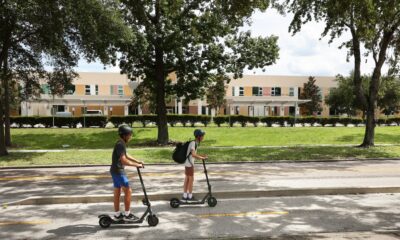
 Education5 days ago
Education5 days agoWinter Park School’s Grade Drops to C, Parents Express Concerns
-

 Lifestyle3 days ago
Lifestyle3 days agoBelton Family Reunites After Daughter Survives Hill Country Floods
-

 Technology5 days ago
Technology5 days agoByteDance Ventures into Mixed Reality with New Headset Development
-

 Lifestyle5 days ago
Lifestyle5 days agoNew Restaurants Transform Minneapolis Dining Scene with Music and Flavor
-

 Technology5 days ago
Technology5 days agoMeta Initiates $60B AI Data Center Expansion, Starting in Ohio
-

 Technology5 days ago
Technology5 days agoAnalysts Highlight Top 5 Altcoin Presales Ahead of Market Surge
-

 Health5 days ago
Health5 days agoSudden Vision Loss: Warning Signs of Stroke and Dietary Solutions
-

 Technology5 days ago
Technology5 days agoTrump Faces Internal Struggles Over Epstein Files Handling
-

 Technology4 days ago
Technology4 days agoGlobal Market for Air Quality Technologies to Hit $419 Billion by 2033
-

 Health5 days ago
Health5 days agoBacteria Navigate Gut Risks for Nutrients, New Study Reveals
-
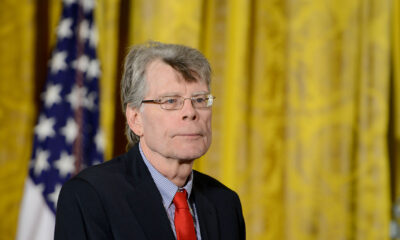
 Lifestyle4 days ago
Lifestyle4 days agoStephen King Challenges Trump Voters Over Epstein Claims
-

 Technology5 days ago
Technology5 days agoUK Initiates Relocation Scheme for Afghans After Data Breach

